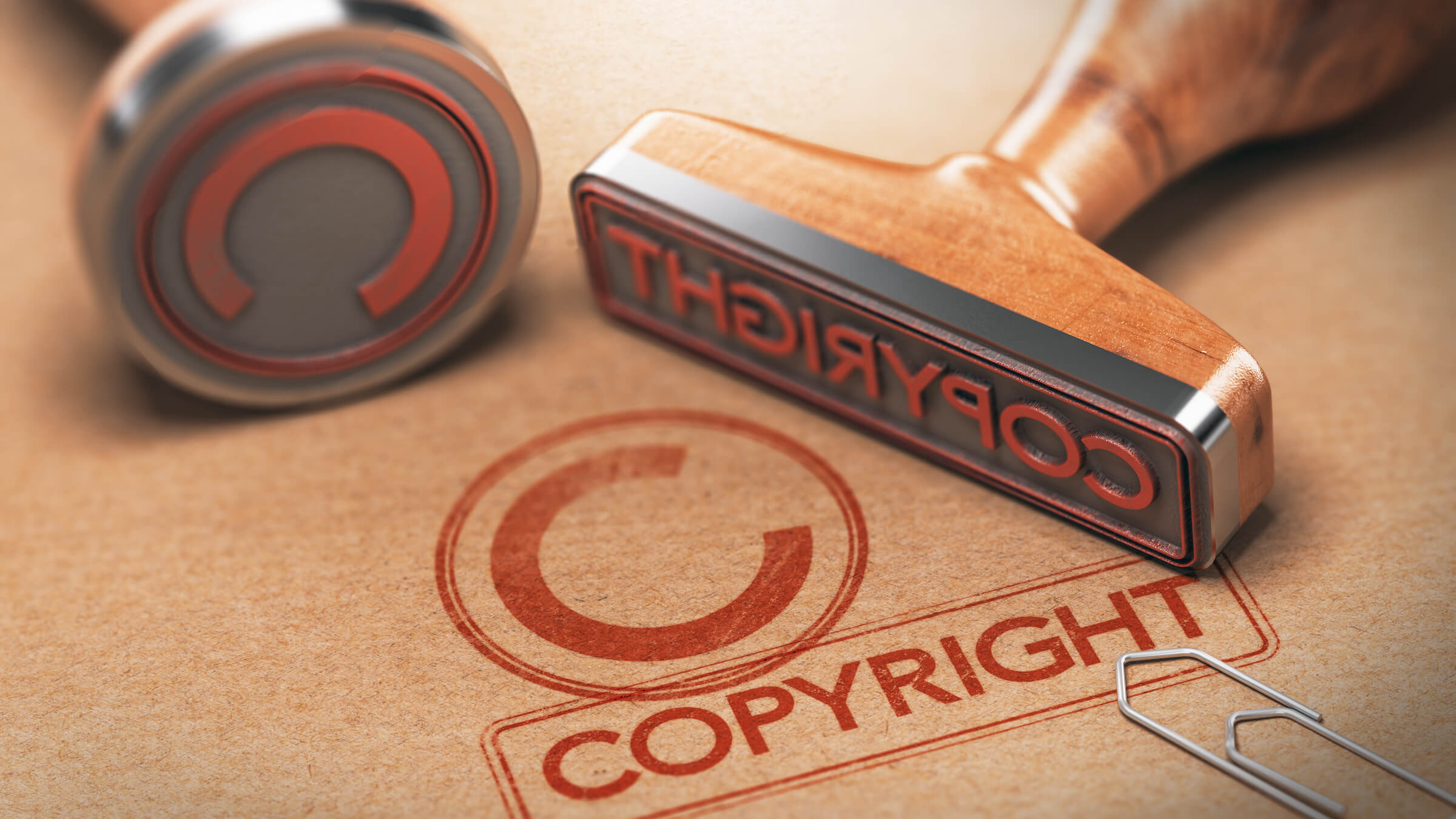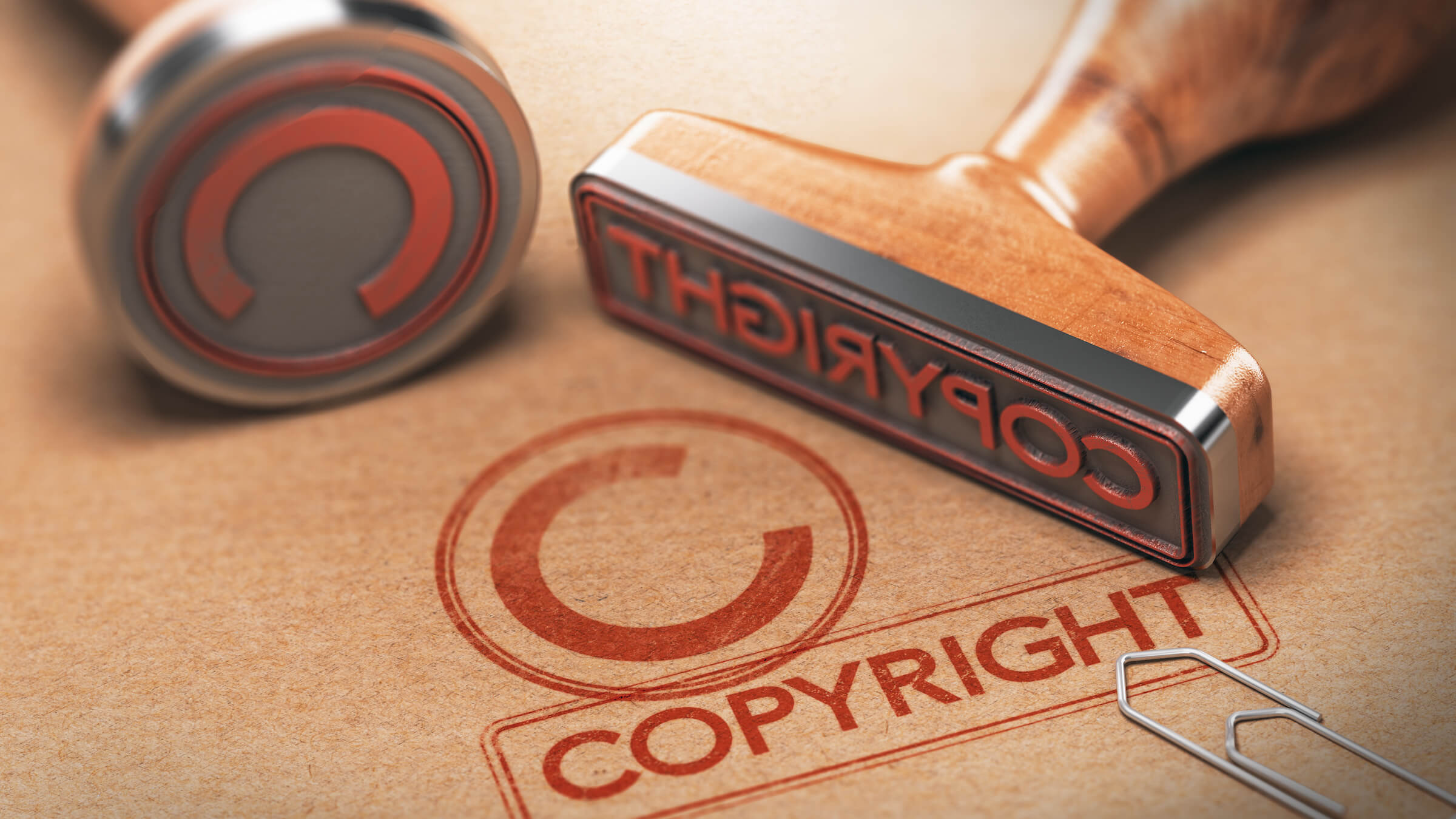Protecting Your Screenplay: A Guide to Copyright Registration
November 28, 2023
In my last article, “Demystifying Copyright”, I broke down some basics of Copyright Law with David Newhoff and Steven Tepp: copyright experts and cofounders of RightsClick (an online service that facilitates copyright registration for writers).
But how does a screenwriter go about getting their screenplay registered with the U.S. Copyright Office?
Once again I spoke with Newhoff and Tepp to guide writers through the process. Newhoff has a background in film production and communications and has been a copyright advocate for over a decade. Tepp has an extensive background in IP law, and in addition to serving as senior counsel for the U.S. Copyright Office and teaching copyright law at George Washington University Law School, he’s been a copyright advocate for over 20 years.

Applying For Copyright Registration
“There are 3 basic elements to an application for copyright registration,” Tepp explained. “You have to fill out the form online (you still can do it paper-based, but virtually no one does), you have to send in a copy of your work, and you have to pay a fee.
“The fee you pay depends on which form you use. The form you use depends on the nature of the work you’re registering. For example, if you’re trying to register several works in a single application — that might be possible — but you’ve got to know the rules: they all have to be unpublished, it can only be up to 10 works per application, and they all have to be written by the same author or group of authors.”
“If it is a collaboration,” Newhoff added, “make sure you get both or all authors listed. There are two different application forms. If you’re a single author it’s a little bit cheaper than if you’ve got multiple authors.”

WGA Registration vs Copyright Office Registration
Are there any specific differences between the U.S. Copyright Office and the WGA registration process?
“Functionally they’re very similar,” Newhoff answered, “you’re giving the name of the writer(s), the title of the work, and paying a fee. Of course, the difference is in the protection.” (As discussed in the last article: the WGA offers no legal protection under copyright law unlike registering your script with the U.S. Copyright Office.)
“Registering with the Copyright Office entails naming the author or authors and paying a registration fee and submitting a deposit copy of the work: it can be a PDF and all done electronically. But there are some quirks in the language used by the Copyright Office: for example, a screenplay is classified as ‘a work of the performing arts.’ Some writers might be tempted to call a script a ‘literary work,’ which is understandable, but under the Copyright Office’s administrative rules, it’s ‘a work of the performing arts’ — similar to a stage play."
“Like I said: the process of registering with the WGA or Copyright Office isn’t radically different. They’re both administrative. The big difference is what one protects versus the other. WGA opens you up to WGA arbitration but has no bearing in a court of law.”

Navigating the Registration System of the Copyright Office
Writers can register their scripts online directly with the U.S. Copyright Office, right?
“Yes,” Newhoff answered. “Their system is called eCO, and anyone can use it, but the Copyright Office regulations can confuse people, and the online system is a little antiquated shall we say.”
Newhoff and Tepp share a knowing laugh.
“The Library of Congress controls all the information technology for the Copyright Office,” Tepp added. “The first time it went online was like 15 years ago; until that time, it was all paper-based. You had to literally mail in a paper registration application and mail in physical copies of your work.
“So they finally went online about 15 years ago and that system was based on computer technology from the early 1980s. That’s still what they’re using today. It is rather user-unfriendly and needlessly complicated. In fact, an organization called the Copyright Alliance, which represents creators of every stripe, did a survey a few years ago: 25% of creators surveyed said they don’t register because the process is too confusing and time-consuming.”

Registering via RightsClick
When writers use RightsClick, they’re still registering their work with the Copyright Office, right?
“Yes,” Tepp answered. “We created an interface that makes it simple, intuitive, and quick. And once we collect the necessary information from the user, we submit it to the Copyright Office on their behalf, so they don’t have to deal with that horrible interface.”
“One of the reasons we built RightsClick was to alleviate a lot of the confusion,” Newhoff said, “because all you really need to know with RightsClick is ‘I have a screenplay.’ It’s a dropdown menu choice: Screenplay. The rest of your information is already in the system [if you’ve signed up for RightsClick.] You pretty much submit it and you’re done in half the time.”
So it’s like using an accountant or TurboTax to file your taxes?
“Precisely,” Tepp replied. “We’ve made the comparison to tax preparation software many times. The further you get into [the application process], the more you get into Copyright Office regulations and one of the benefits of RightsClick is — not only have we made the data intake simple and intuitive — the system automatically scans for all those Copyright Office regulations. For example, if somebody submits 10 works — 3 published and 7 unpublished — the system will tell them ‘Okay. The 7 unpublished you can do in 1 group, but the 3 published have to be 3 separate applications for a total of 4 applications.’
“And that’s another reason we built RightsClick. Our whole philosophy is creators should spend their time being creators, not becoming copyright lawyers or experts in Copyright Office regulations.”
Written by: Edwin Cannistraci
Edwin Cannistraci is a professional screenwriter. His comedy specs PIERRE PIERRE and O’GUNN both sold with more than one A-list actor and director attached. In addition, he’s successfully pitched feature scripts, TV pilots and has landed various assignment jobs for Universal, Warner Bros, Paramount and Disney.- Topics:
- Screenwriting & Craft




